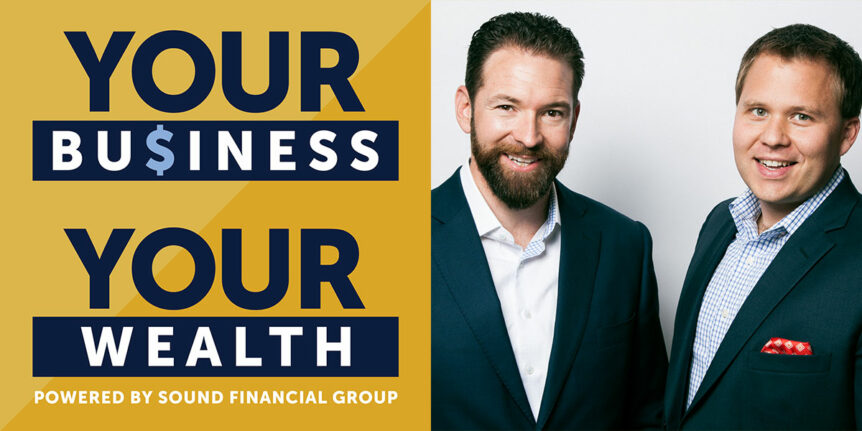Many entrepreneurs today are going for a moonshot, trying to live a superfluous life — without specifically knowing what it takes to get there.
This mindset is akin to agreeing to buy a house or car without examining price first. Before you start saving for the surplus or superfluous lifestyle (or even just the sufficiency lifestyle), you need to define that cost first.
Most people (and even many entrepreneurs) rely on hope at this stage. They’re hoping they can get to a decadent lifestyle, but they often lack the foresight to build their foundation. They don’t have a target defined, so they’re flying blind. Personal successes in the balance sheet can seem like amazing luck if you haven’t defined what you truly want (and how much it is worth to you).
Hope isn’t a strategy. Hope is what you do after you’ve done your part to the fullest. If you’re really looking for that moonshot, save hope for the end of your journey, not the beginning.
Before anything else, you need to square away enough for the sufficiency lifestyle. I define sufficiency as $1 above comfortable. This is a life where you’re not making any major sacrifices, but not reaping any major luxuries either. This will be different from person-to-person, so I won’t throw out a dollar figure. For some of you, $8,000 a month is a sufficient lifestyle. For others, it’s $20,000 a month.
Think about what $1 above comfortable means to you. This means a modest car, a decent house in a good neighborhood and maybe a domestic vacation or two a year with the family. Calculate the total annual cash flow required for that lifestyle. The sufficiency lifestyle is the most critical calculation, as it forms the baseline of what you need to save moving forward.
Once you have that number in mind, use your current business plan to see how much more production you need to engineer in order to save enough for a sufficient lifestyle base. It will take 25 times your sufficiency income number to then distribute 4% a year to fund your sufficiency lifestyle. You could already be at that level and could comfortably square away 4 percent of your annual earnings in order to form that foundation. You’ll never know until you actually calculate.
Financial independence will not come from your business’ operating revenue. It will come on your personal balance sheet. This step is all about calculating what you need to do for your business in order to achieve fiscal independence on your personal ledger. How much additional cash flow will it take to get to sufficiency? How much to get to surplus? How much to get to a superfluent life?
Next comes the more exciting part: imagining and calculating the costs of a surplus or superfluent lifestyle.
First, think of what the surplus and superfluous lifestyles look like to you. Again, this will mean different things to just about everyone. For you, it could mean two new cars in the garage and a two-story house in the nicest part of town. It could mean owning several properties in cities all over the world. There’s a dollar point you need to save each year in able to ensure that lifestyle.
That new Mercedes is going to be more expensive than the reliable Toyota. As will the house, vacations and other things that come from a surplus lifestyle. If there are absolute must-haves in this lifestyle, do some research on the true costs of these goods, services or vacations. Just because someone looks financially healthy, does not mean they are. Sometimes $22.5 million is not enough.
Again, using your knowledge of your business, determine how much more you’d need to produce in order to obtain this lifestyle.
You should be able to calculate the value of your time, in terms of what you’re able to produce for your business. These lifestyles you desire will mean working harder, working smarter and growing. Instead of treating growth as a measure of good fortune, you’ll be able to tie it back to your goals and objectives.
Imagine it like this, if you could sell X percent more units per year, you’ll be able save X percent more of your earnings toward a surplus or sufficiency lifestyle. You need to be able to solve for X in these equations if you want your “Entire-ment” to be a fruitful one.
What you’re doing now is critical if you truly crave long-term financial independence (or security). Flying blind and guessing is a recipe for disaster. You didn’t build your business on guesswork, so why would you build your personal life on it?

